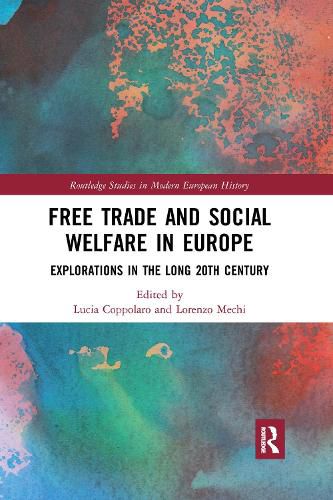Readings Newsletter
Become a Readings Member to make your shopping experience even easier.
Sign in or sign up for free!
You’re not far away from qualifying for FREE standard shipping within Australia
You’ve qualified for FREE standard shipping within Australia
The cart is loading…






This book deals with the historical relationship between international trade liberalisation - one of the backbones of globalisation - and the development of social welfare. In Europe the issue has regularly been at the centre of the political debate for at least two centuries, and still nowadays it continues to inspire decisions of the highest order, as in the recent case of Brexit. Analysing a number of particularly meaningful episodes and moments, the eight chapters of this edited volume provide an overview of how the liberalisation/welfare nexus has been addressed in Europe since the end of the 19th century. Describing the oscillations from phases in which state, non-state and transnational actors saw the two elements as widely conflicting, to others in which more harmonious visions prevailed, the book uncovers the political complexity of the issue and contributes to clarifying its connections with the current economic situation, political balances and general social conditions.
$9.00 standard shipping within Australia
FREE standard shipping within Australia for orders over $100.00
Express & International shipping calculated at checkout
This book deals with the historical relationship between international trade liberalisation - one of the backbones of globalisation - and the development of social welfare. In Europe the issue has regularly been at the centre of the political debate for at least two centuries, and still nowadays it continues to inspire decisions of the highest order, as in the recent case of Brexit. Analysing a number of particularly meaningful episodes and moments, the eight chapters of this edited volume provide an overview of how the liberalisation/welfare nexus has been addressed in Europe since the end of the 19th century. Describing the oscillations from phases in which state, non-state and transnational actors saw the two elements as widely conflicting, to others in which more harmonious visions prevailed, the book uncovers the political complexity of the issue and contributes to clarifying its connections with the current economic situation, political balances and general social conditions.